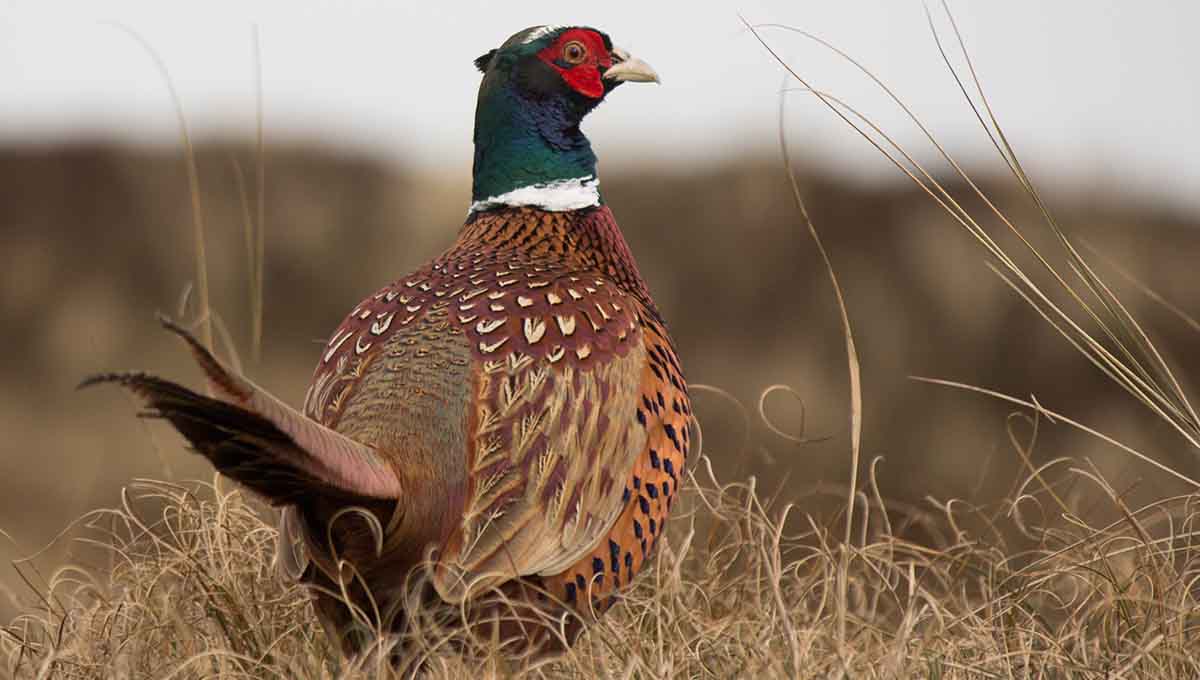Hatching pheasant eggs in an incubator requires a combination of precision, patience, and attention to detail. While various recommendations exist from breeders, academic studies, and industry professionals, understanding how to combine these perspectives will help you achieve the best hatch rates. In this guide, we’ll break down the essential steps to successfully incubate pheasant eggs, integrating both expert advice and real-world insights.
Temperature Control: A Critical Element for Success
The foundation of any successful incubation process lies in maintaining the right temperature. According to the MacFarlane Pheasants Incubation Guide, the ideal temperature for incubating pheasant eggs is 99.4°F (37.4°C). This is supported by research published in The Auk, which highlights how even minor temperature fluctuations can significantly impact hatch rates.
However, some breeders suggest slight variations in this approach. On forums such as Pigeon Watch, breeders recommend starting incubation at 37.7°C for the first 21 days and then lowering it to 36.7°C as the hatching phase begins. Although this method lacks extensive scientific backing, some breeders report success with this adjustment, particularly in specific incubator models.
Humidity: Finding the Right Balance
Humidity control is just as important as temperature. The standard recommendation from MacFarlane Pheasants is to maintain a wet bulb temperature of 83–84°F (about 53% relative humidity) during the first 21 days of incubation. When the hatching phase approaches, increasing the humidity to 91°F (75–76% relative humidity) is advised.
However, there are alternative approaches. Some breeders, like those active on The Farming Forum, maintain humidity at 65% throughout the incubation period, increasing it to around 90% only during the final days. The best humidity level may depend on factors such as the specific incubator used and local environmental conditions, so feel free to experiment with different settings to find what works best for you.
Turning the Eggs: Consistency is Key
Turning eggs regularly is crucial to prevent the embryo from sticking to the membrane inside the shell. Research published in the Journal of Wildlife Management stresses the importance of turning eggs at least three to five times a day during the first 21 days.
For those using automatic turners, some breeders, particularly on NARGC.ie, report success turning eggs as frequently as every two hours. Frequent turning is considered to encourage healthy development by ensuring the embryo remains properly oriented.
The Hatch Window: When to Expect Chicks
The typical hatch window for pheasant eggs is between days 23 and 25, as per most sources including MacFarlane Pheasants. However, variations can occur depending on temperature consistency and humidity. Some breeders have reported successful hatches as early as day 22 or as late as day 28.
It’s important to be patient during this window and monitor both the temperature and humidity closely. Consistency in these factors is key to achieving the best hatch results.
Key Takeaways: What Works Best?
- Temperature: 99.4°F is the widely accepted standard, though some breeders adjust it slightly in the final days of incubation.
- Humidity: Aiming for 53% humidity during the first 21 days and increasing it to 75–76% during hatching generally yields good results. However, higher humidity levels throughout incubation may also work for some setups.
- Turning: Turning eggs at least three times a day is essential. Automatic turners can be set to turn eggs more frequently for optimal results.
- Hatch Timing: Most pheasant eggs hatch between days 23-25, but variations can occur.
Final Thoughts: Refine Your Process
By combining scientific research with practical, real-world experiences from breeders, you can refine your approach to incubating pheasant eggs. Whether you stick with industry recommendations or experiment with methods shared by fellow breeders, consistency, monitoring, and adjustments based on your specific conditions will lead to the most successful hatch rates.
Ready to start hatching phesant eggs? View our shop to see breeder offerings.



